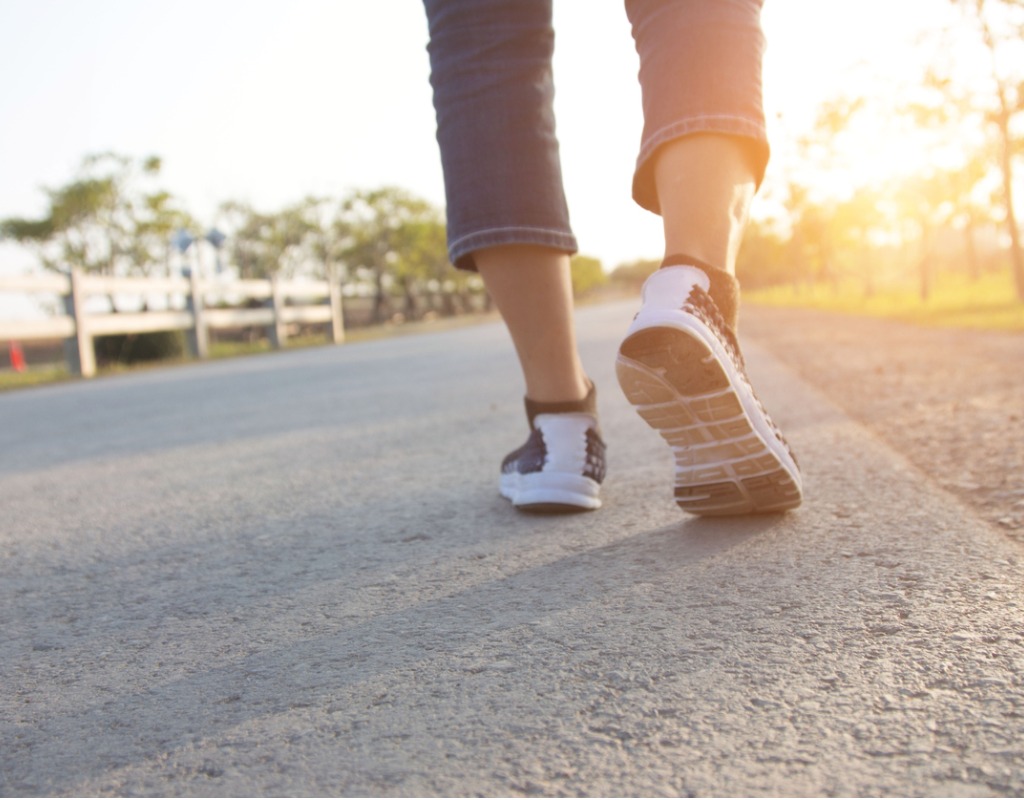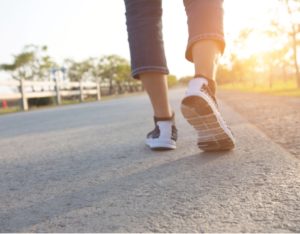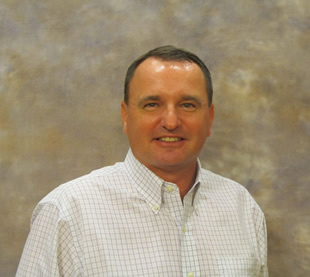
Blog: ABCs of Brain Injury: E is for Exercise
 Brain injury recovery is twofold: there is physical exercise to strengthen your body and mental exercise to strengthen your mind.
Brain injury recovery is twofold: there is physical exercise to strengthen your body and mental exercise to strengthen your mind.
At the beginning of my brain injury recovery, all I wanted was to relearn how to walk and keep my balance. Now that I’m seven years into my brain injury recovery, I dream of one day taking some short walking tours. To reach that goal, I’ll need to exercise regularly. For me, my favorite exercise has always been walking; I grew up in D.C. and loved to investigate its neighborhoods or Rock Creek Park as a child.
Some brain injury therapists talk to their patients of reaching a plateau, and recommend learning to accept that as the limit; other therapists dismiss that notion, recommending that plateaus be treated as temporary, and encouraging patients to strive for more.
I feel that neither side is right. Every brain injury is unique; one size does not fit all. From my experience, I see brain injury on a spectrum, like autism. As the National Institute of Mental Health (NIMH) describes it, “Autism is known as a ‘spectrum’ disorder because there is wide variation in the type and severity of symptoms people experience.” I think brain injury meets that definition, too.
Recently, I decided I wanted to go on some walks alone. I decided to try to walk five days a week on a high school track near my home. For me, the environment offers some measure of security. First, I carry my cellphone with me in a fanny pack in case of an emergency, like a fall. The synthetic track is somewhat soft and smooth, compared to a concrete sidewalk. There are usually others coming and going while I am there, so that I could ask for help if necessary to get back up after a fall.
I like walking in 1/4-mile increments, a manageable distance for me. I usually set a goal for myself by taking an index card along and writing down “tally” or “hash” marks I can cross through after each lap (because my short-term memory is so bad, I can’t remember if I’ve done 1, 2, or 3.) It also allows me to track my day-to-day progress of how many laps I walk.
I don’t put any pressure on myself; except just to make it through this lap, staying on my feet. When I feel tired, I call it a day, whether I’ve walked more than one or not.
But if I am feeling somewhat strong that day, I may push myself to do an extra lap, just so I can give myself an “Attagirl! See? You didn’t think you had it in you, but you did!”
I would love to hear your experience with exercise in your recovery process; leave me a comment in the space below.



Engage us on Facebook
Follow us on Twitter
Tweets by @mymcmedia